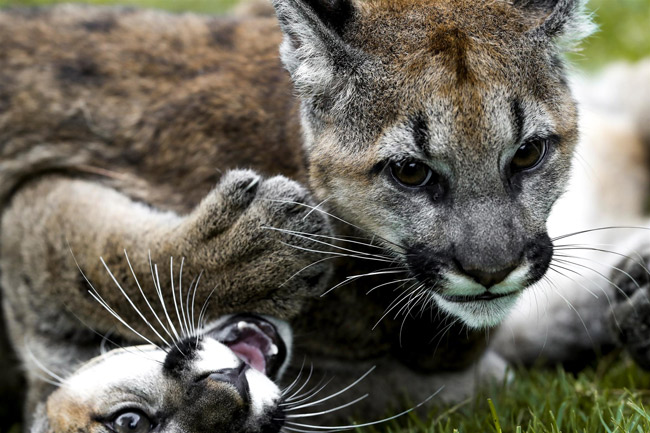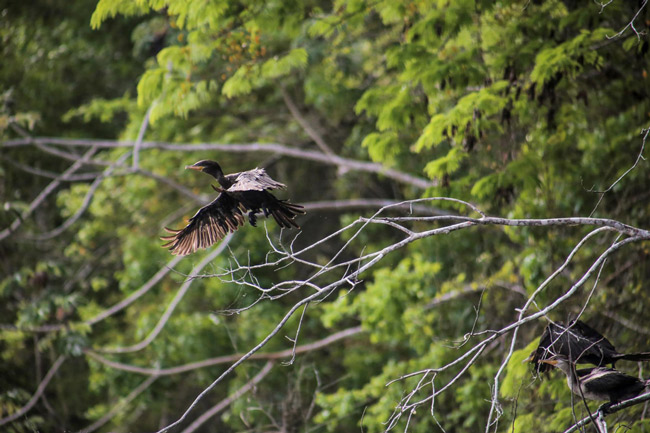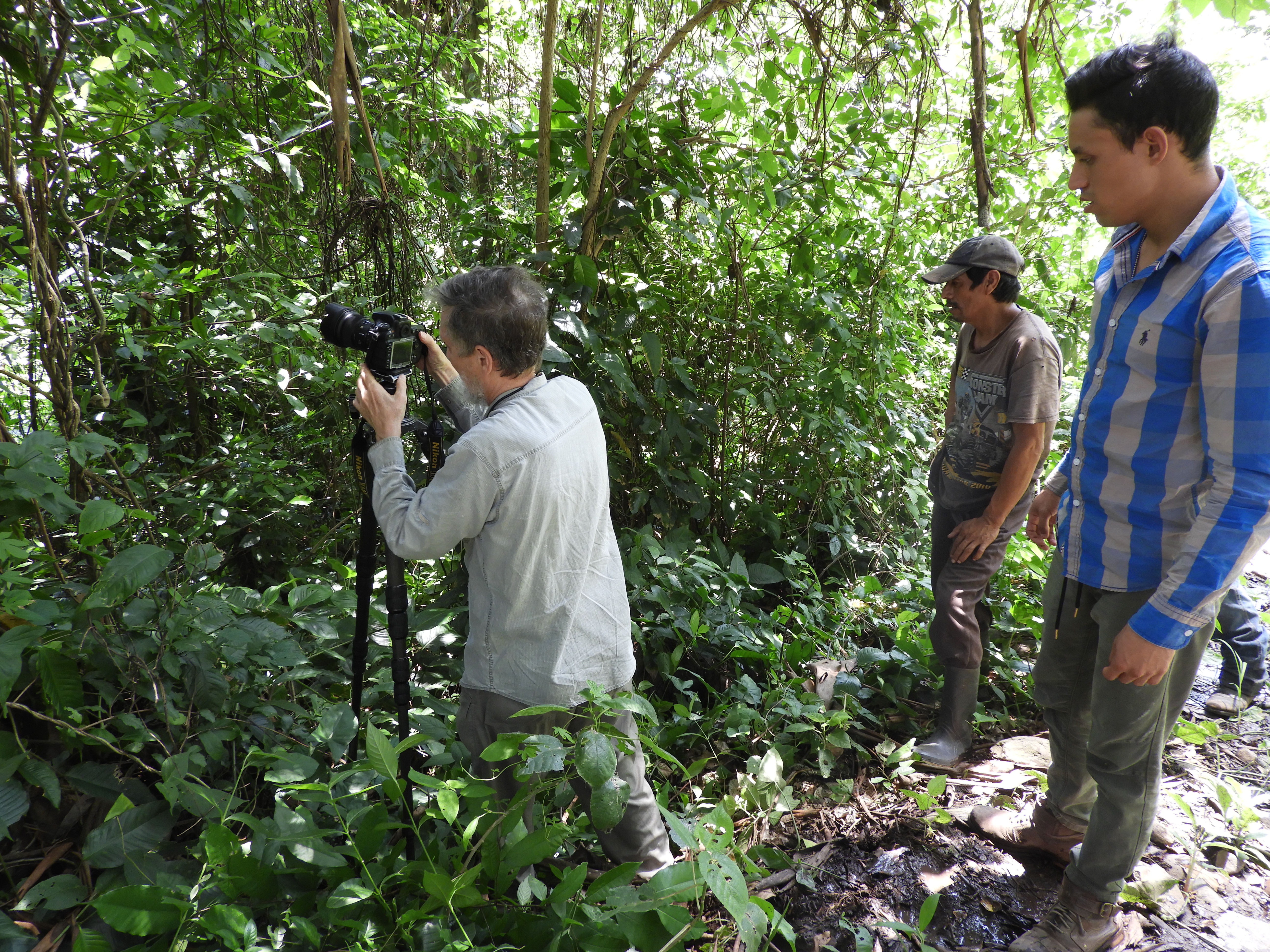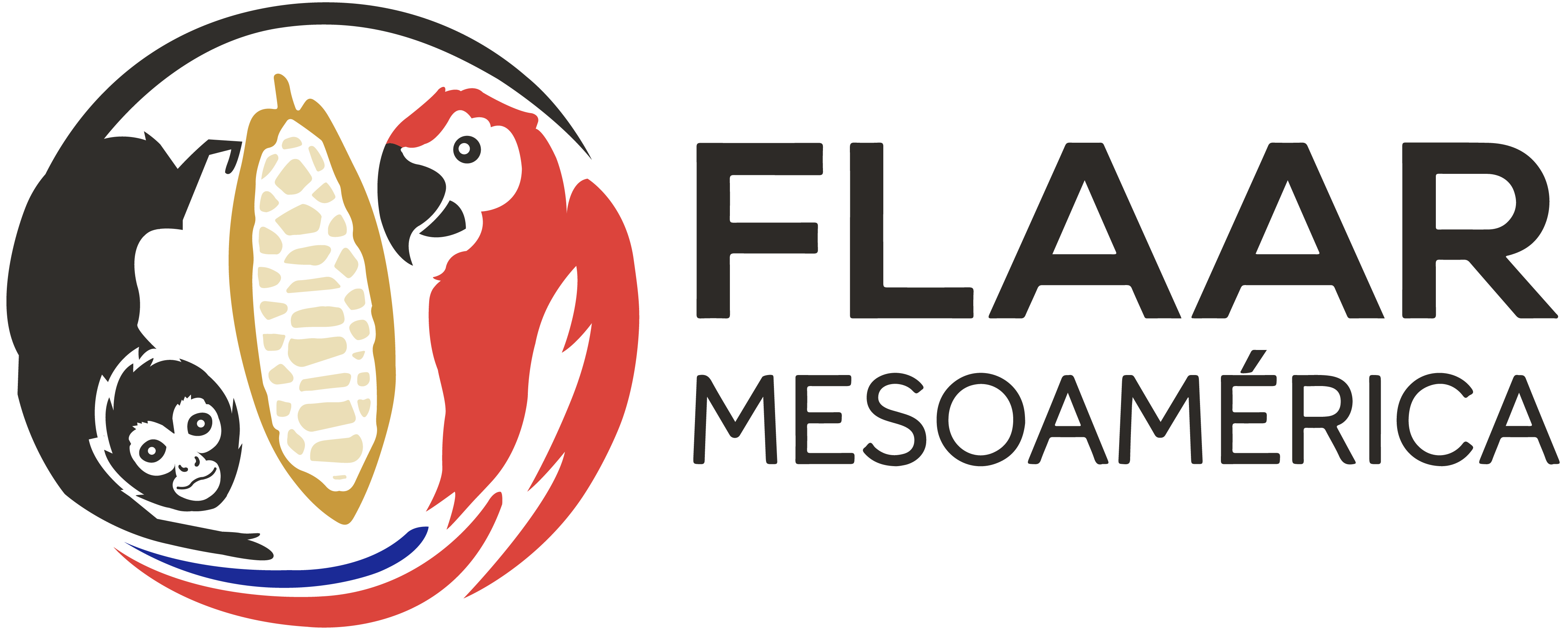Edible plants, useful plants, and animals

Our primary interest in plants are those with utilitarian value, especially edible plants (edible seeds, fruits, vegetables, pulp (around seeds), edible flowers, roots, tubers, leaves, stalks) of Mexico, Guatemala, Belize, Honduras, and El Salvador.
We have conducted extensive research on flowers that appear in Maya paintings and sculpture. We also have an improved list of all plants used for roof thatching.
This work naturally connects to our mission to save endangered species and fragile ecosystems.
For fauna, our interests and research areas include:
- Mammals: arboreal, terrestrial mammals, felines, two kinds of monkey
- Birds: waterbirds, birds of prey, hummingbirds, birds that are featured in the Popol Vuh, birds that make impressive woven pendant nests (orioles, oropendolas, cacique), and any endangered species that needs extra help.
- Reptiles: especially turtles and crocodilians (caiman and two crocodiles)
- Amphibians: toads, frogs, and the unique Uo.
- Insects: lightning bugs and other beetles, wasps, bees, termites, butterflies, moths, spider nest structure plus Arachnids and others.

The above creatures are our primary interest, but we find new things to study every time we are in the middle of a forest or wading through a swamp, or at high altitude on a mountain, or surrounded by cacti and other thorny plants in dry eco-systems.
Why would a person dedicate their life to studying the flora and fauna of Guatemala? Dr. Nicholas Hellmuth’s story.
If you live in Tikal National Park for 12 consecutive months you experience all the varying seasons. You get to see the different species of birds, ants, and everything that is more abundant in some months than in others. In 1965, I was at Tikal the entire year, as well as another month later on to do additional archaeological work there.
My first experience with the “jungles of Mexico and Central America” was at age 16, in 1961. I was trying to get to the Palenque Maya ruins in Chiapas. The train would not arrive until early evening so I decided to experience the rain forest by hiking along the train tracks into the forest. After a mile or so I saw a local Maya and asked him if he could take me into the rain forest so I could experience it.
Today, in 2018, I am still asking local people in different parts of Guatemala to take me into the mountains, valleys, swamps, lakes, and also cacti eco-systems in two of the several seasonally dry areas of Guatemala (Rio Motagua and Rio Sacapulas, very far from each other and not connected).

In 1962 I was back in the rain forests of Chiapas, hiking to the ruins of Bonampak. The INAH archaeology team had kindly welcomed me to assist them in setting up their camp for that season. So I experienced hiking from one Lacandon settlement to another: lots of remarkable trees and flowers. What a great experience (as a teenager, the summer before I began my stint at Harvard).
In summer 1963 and again in summer 1964 I was back in the rain forests of Tikal, Guatemala. The archaeologists of the project noticed that I spent more days at Tikal per visit than most tourists and that I had experience with photography of architecture. So Peter Harrison asked if I would like to be a volunteer to work as a student intern at Tikal the following year.
For several years in the early 1970’s I lived overlooking Lake Yaxha as founder of a project to map the entire city of Yaxha (together with archaeologist Miguel Orrego). Archaeologist Carlos Rudy Larios also assisted during the first season. Living year after year in this area alerted me ofthe need to protect the ruins from looting and to protect the forest from being bulldozed, or burned down for cattle ranches. So I began to work for several years to have Lake Yaxha and adjacent Lake Sacnab declared a national park. In subsequent years Guatemalan environmental groups were able to encourage that an even larger park could be added to the core that I initiated (so the expansion included Naranjo). I had done mapping at Nakum but in those years never had time to get to Naranjo. Today’s park is Parque Nacional Yaxha Nakum Naranjo.
These stories make it clear how the protection of the forest and animals of all kinds is a crucial priority for me personally and of FLAAR in the USA and FLAAR Mesoamerica in Guatemala.
Nowadays we have added an emphasis on improving the health of Maya people
Type 2 Diabetes is a major cause of incapacitation, poor health, and death among people in rural and remote areas. But there are more than 116 native edible fruits that we are including in project proposals to significantly improve family health. There are also lots of edible healthy roots, edible flowers, stems and many edible leaves. We have project fundraising proposals ready for any individual, family, company or foundation that would like to meaningfully shift food habits towards major and lasting changes in family health.
We also document birds, mammals, reptiles, amphibians insects, arachnids
Using top of the line Canon EOS 1DX Mark II and the corresponding Nikon D5, we do telephoto photography of birds and macro close-up photography of smaller creatures. You can see samples at www.maya-ethnozoology.org.
Our photography of flowers, plants, trees, vines, mushrooms, and other plants
With the same camera equipment and decades of experience we do intensive photography of endangered, underutilized, and fascinating plants of the Maya and Xinca areas of Guatemala. We would also enjoy doing photography of flora and fauna in the Garifuna area of Izabal.
To see examples of our field-photography and studio photography, there are lots of high-res awesome quality photographs on our site www.maya-ethnobotany.org.
Dr. Nicholas was a visiting research professor in advanced digital imaging and digital wide-format inkjet printing, which aligned with our partnerships with colleges and universities between the 1990’s and 2006. This has led to the creation of our website with tips on how to improve your photography: www.digital-photography.org. as well as an entire network of websites on printing technology trends: www.FLAAR-Reports.org and many more which are linked from there.
Dr Nicholas Hellmuth was also a consultant in digital imaging of cultural heritage on the Island of Malta (for the cultural heritage team of the University of Malta). Dr Nicholas had earlier been a six-month Guest Research Professor at MINPAKU, the National Museum of Ethnography of Japan, outside Osaka. There, he helped train the capable team in Japan on digital imaging which in the 1990’s was still quite new.
